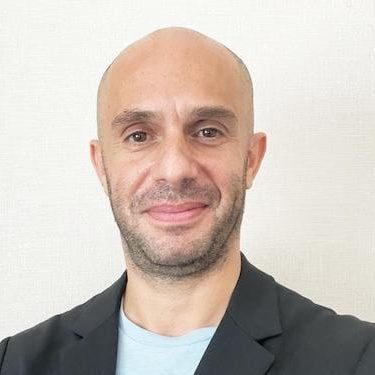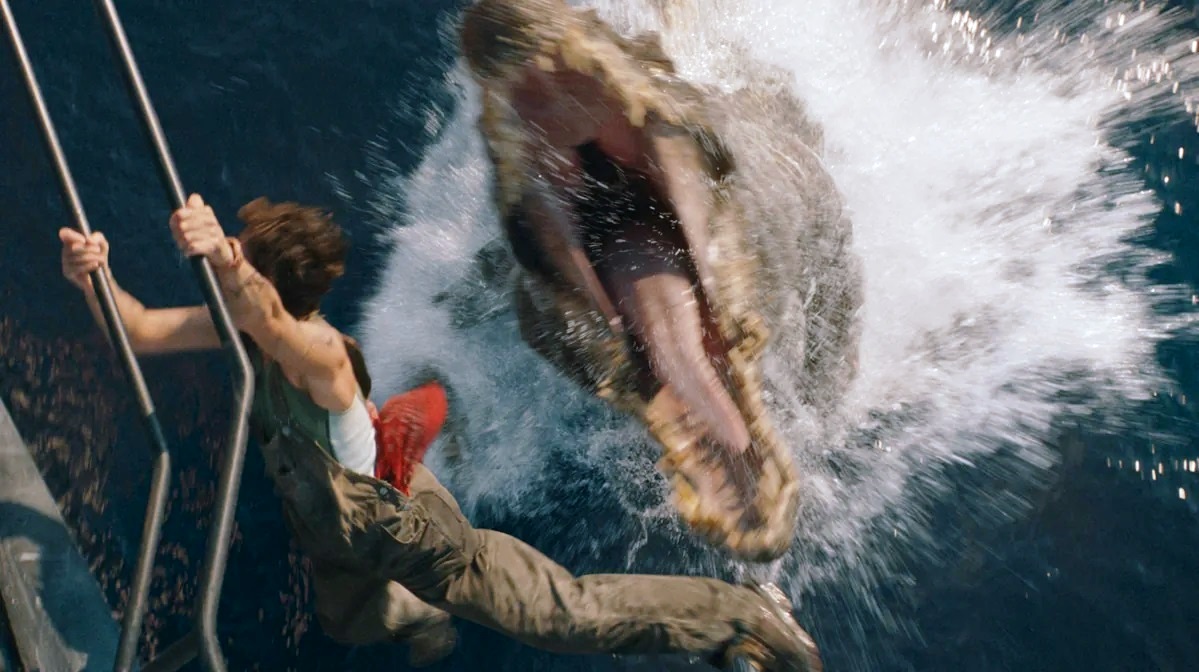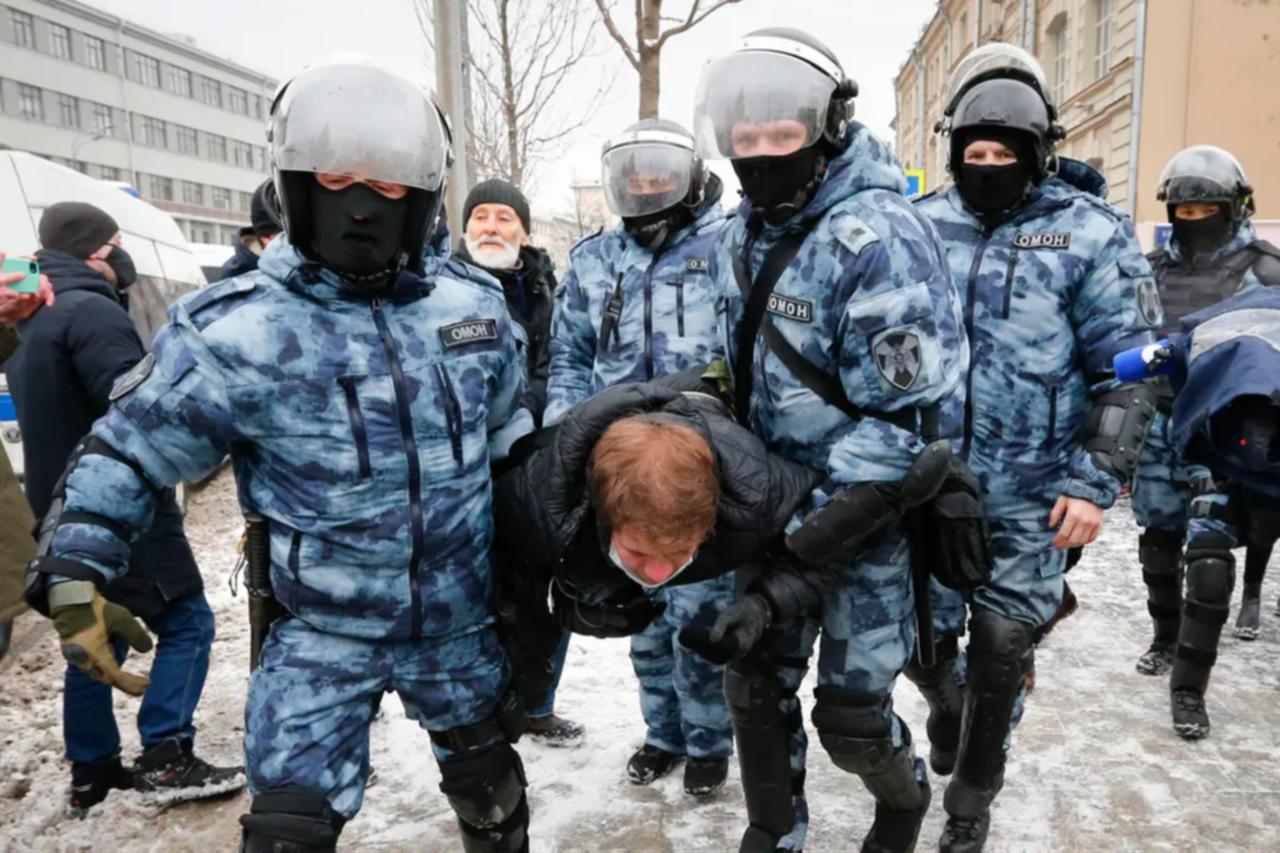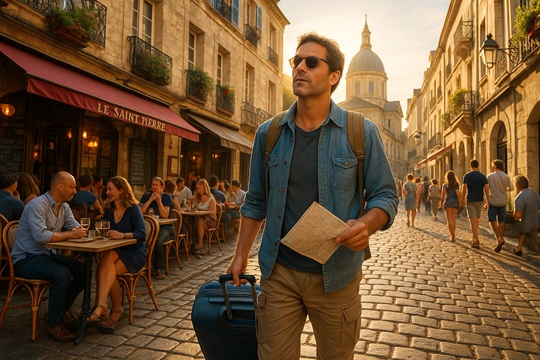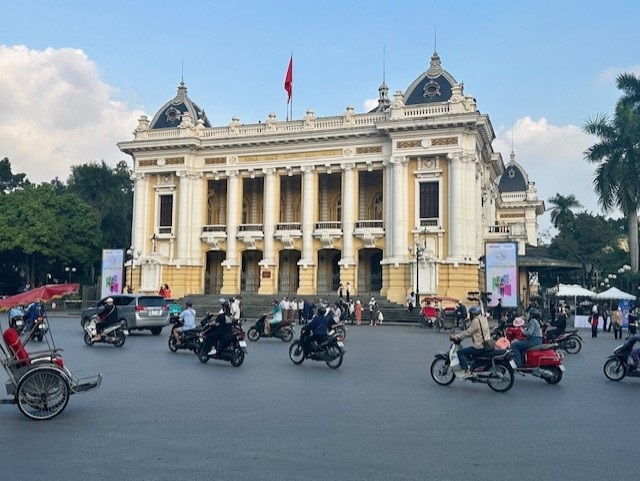
Vietnam has been baptized an economic miracle. The once war-torn Southeast Asian nation of almost 98 million is now Asia’s economic standout, recording 7% annual GDP growth and attracting record foreign investment and tourists. Yet, the nation still bears scars from the catastrophic war (1955 -1975), a tragedy that has various similarities with the ongoing Israeli-Palestinian conflict.
By Arthur Blok
“Those who cannot remember the past are condemned to repeat it,” the late Spanish-born American philosopher and poet George Santayana wrote in “The Life of Reason” (1905). These wise words could be applied to Israel’s War on Gaza if compared to America’s long battle in Vietnam.
The comparison between the two wars could be made on multiple levels. First and foremost, both conflicts resulted from (illegal) occupation, and both were condemned by the International Community.
In addition, just like in the 1950s and 60s, the West had a misconception about what was happening on the ground in Vietnam. This misconception was caused by an ideology-driven version of reality fed by propaganda and political discourses in the media. In the West, the Americans were portrayed as freedom-fighting heroes who were deafening an evil ideology.
It is precisely that strategy – in particular, the political discourse copied by a naïve mainstream media - that the Israelis are using against Hamas, their actions, and their ideology. While washing their hands in innocence when it comes to their committed atrocities, calling it the right to self-defense.
Before continuing on that track, here is a quick memory refresher.
After World War II and the collapse of Vietnam's monarchy, France attempted to re-establish its colonial rule in that part of Asia. It was defeated in the First Indo-China War (1946-1954) by the guerillas of nationalist leader Ho Chi Minh (unified in the national coalition called Viet Minh).
The Geneva Accords in 1954 partitioned the country temporarily in two with a promise of democratic elections in 1956 for reunification. These elections were never held and triggered a new conflict, resulting in a brutal - American-backed - French Colonial crackdown on the independence fighters of the Viet Minh and thousands of civilian casualties.
As a result, the second Indo-China War - known as the Vietnam War - erupted soon after, in 1955. It was one of the major conflicts of the Cold War between the Soviet Union and the United States that also affected large parts of modern-day Laos and Cambodia.
The Viet Minh coalition of North Vietnam wanted to unify the entire country under a single communist regime. A nation modeled after those of the Soviet Union and the People’s Republic of China.
The course of events was a thorn in the side of the United States, who feared Communism and Chinese and Soviet influence would spread over the entire region. The US was officially not a party to the war, but it was secretly involved by providing financial and material aid to the French Union. At the same time, China and the Soviet Union similarly provided vital (military) support to the Viet Minh.
The tragedy of the Vietnam War ended on April 30, 1975, when the armed forces of the Communist North seized the South. Two years earlier - on March 29, 1973, the last U.S. military unit had already left Vietnam after months of peace talks in Paris that were rounded up in January 1975.
On July 2, 1976, the country was officially united as the Socialist Republic of Vietnam, with its capital in Hanoi. Saigon was renamed Ho Chi Minh City.
The casualties of 20 years of war were shocking: as many as 2 million civilians - on both sides - and some 1.1 million North Vietnamese and Viet Cong fighters (the guerrilla force of South Vietnam supported by the North Vietnamese Army). It is estimated that between 200,000 and 250,000 South Vietnamese soldiers and 58.200 Americans lost their lives as well.
Agent Orange
When visiting modern-day Vietnam, almost 50 years after the end of the war, it almost looks like it never happened. That is not the case. If you look past the vibrant modern life of Ho Chi Minh City and Hanoi in the north, there is still a lot of hidden suffering. Disabled and malformed civilians on civilians due to the controversial usage of chemical weapons such as Agent Orange.
Between 1961 and 1971, US forces sprayed an estimated 12 million gallons of Agent Orange. At the same time, white phosphorus grenades were used to destroy Viet Cong tunnel complexes. Both chemicals had devastating ecological effects that have been reported to continue to affect citizens' daily lives.
“It is evident that those long-term effects remain challenging for the Vietnamese. ”, said Wouter van der Wiel, founder and CEO of GAEA (Crafting Coffee Embracing Earth). GAEA trades domestically and exports agricultural products, primarily green coffee beans and roasted coffee. The company supplies hotels and resorts across Vietnam and Cambodia.
“It is obvious when traveling through the country's agricultural sites,” the Dutch native added. Van der Wiel left The Netherlands over a decade ago. After working for ten years in Moscow as a business consultant, he started his business consultancy firm in Vietnam in 2019. Soon after GAEA was launched, it was an additional venture driven by Vietnam's beautiful agricultural possibilities.
“If you visit the South, it displays much more heroic images of the Vietnamese over the USA than the North. In this context, the Independence Palace in Ho Chi Min City is a propagandist symbol of victory and independence. It was previously known as the Norodom Palace, used by the French colonizer, and heavily targeted by the North.”
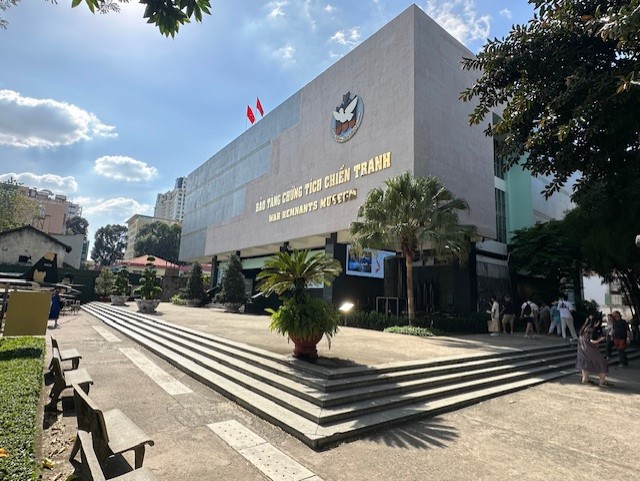
He added: “The middle and the North of the country, however, are much less filled with such post-war monuments. Both cities do have a war museum. But they seem to be more a typical tourist attraction/destination.”
The War Remnant Museum in the center of Saigon is another such monument. It is a stark reminder of the nation’s tragic past. Every day, people stand in line for a visit.
Van der Wiel: “Sometimes it almost looks like the West worries more about Vietnam’s past than the Vietnamese themselves. If you live here, you do not visit such places.”
With relaxed visa policies and a renewed focus on tourism promotion, Vietnam is well-positioned to become the leading destination in the region. Besides buzzing cities with extensive nightlife, it has a 3260 km-long coastline with rich and diverse natural and cultural resources.
A Succes Story
Beyond any doubt, the country is one of the natural beauty spots in Southeast Asia. Visitors can explore a rugged mountainous region in the country's north or move to the central and southern areas to admire beautiful beaches. Its regional share of inbound travel in 2023 grew to third behind Japan and Thailand. It jumped from fifth place in 2019, the last year of pre-pandemic travel.
That is a job well done, emphasized Herbert Laubichler-Pichler, Managing Director of the luxurious Alma Resort in Cam Ranh, located at an inlet of the South China Sea on the southeastern coast of Vietnam, between Phan Rang and Nha Trang, just over 400 kilometers of Saigon.
The Austrian hotelier has over 20 years of experience in Asia and 12 years in Vietnam. He worked for leading regional hotel management companies and knows Vietnam like the back of his hand. “The Vietnamese are very positive-minded people that always look for opportunities,” he said.
Van der Wiel agreed. “They are opportunity-driven. It was a closed society like many communist states such as Soviet Russia and China, but it opened up, and the government changed. Foreign (mainly US) companies have a lot of influence, and their products and services are now widely available. It seems that society decided to let the past be for what it was.”
Before COVID, 35 to 40% of the tourists came from the West, but afterward, when flights became more expensive, tourism was dominated by South Koreans. “They are the largest group of regional tourists. We also get many tourists from Hong Kong, Australia, China, and the US,” said Laubichler-Pichler, who is still going strong despite being past his pension age.
The country has famous international chains like Marriott, IHG, and Accor. In that perspective, it is not inferior to the Middle East and Europe. “If you have a plot of land and a solid plan supported by an international hotel management company, banks are eager to lend you money to develop it.
He added that it is not only the tourism industry; the real estate market is also booming. “Seeing the massive seed of infrastructural development in the tourist areas, it is a smart and safe place to invest.”
The Alma Resort brings luxury and service to a whole other level. Numerous swimming pools, spas, luxurious five-star beach-view suites, and some of the area’s finest restaurants are all located at a prestigious strip with resorts, one more lush than the other.
"Many owners here used to be involved in the military. This land was a vital port harbor in the war between North and South Vietnam. And if you look at the map, it's like a Bay. So it's also easy to control.
The resort is a stone-through away from the Vietnam-Russia Monument commemorating the fallen Soviet soldiers during the war: “The bay is considered the best deep-water port in Southeast Asia and a safe harbor for boats in rough seas. Of course, the Russians helped the Communist Party. That is why the monument was erected.”
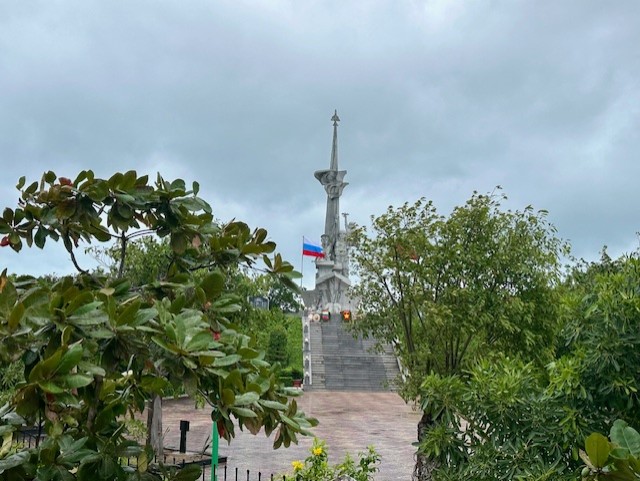
Thanks to its strategic location, Cam Ranh has been of military interest to various powers throughout history, including the French, American, and Soviet navies, who all used it as an army base. The country is full of such communist Soviet-style monuments, added Van der Wiel:
Back to the Israeli/Palestinian conflict.
Like the Israelis, the US had superior conventional weapons that were ineffective against a country that employed guerrilla tactics. Continuous mass aerial bombing of large parts of Vietnam did not destroy the Vietnamese Communists or its typical warm culture. As a people, they survived the destruction, as did their way of life.
The same could be applied to Gaza and Palestine: The Israeli Defense Forces (IDF) superior weaponry will never result in victory over the classical guerilla warfare tactics of the Palestinians. It is not a solution but merely a prolongation of an unsolved conflict.
Without judging, it is evident that Hamas and, with them, all the Palestinians have a - recognized - right under international law to resist Israeli occupation (under Protocol I of the Geneva Conventions). In that perspective, the ideology of Hamas, as noble or reprehensible as it may be, is irrelevant.
It is a right that has to be seen in the context of all peoples' right to self-determination under foreign and colonial rule. No matter if the Israelis like it or not.
Let there be no misunderstanding; it is fair to question Hamas’ methods of engaging the Israeli occupier; the same questions could be asked about the excessive use of force by the IDF in civilian areas, the enormous amount of civilian casualties, and the destruction of civilian infrastructure. Not to mention the usage of controversial chemical weapons such as white phosphorus bombs.
If one thing characterizes the post-war Vietnamese, it is their positivism, optimism toward the future, and forgiveness towards old foe America. After everything they had been through, they rebuilt and transformed their destroyed society into a regional success story.
It remains to be seen if the Palestinians will be as forgivable, optimistic, and have the ability to rise again as a nation and people. But it is indeed not impossible. The case of Vietnam proves that destroyed people and countries can turn the tide and rise.
Lessons learned from the past tell us there will be no solution to such a lingering conflict without foreign interference, leading to peace negotiations similar to the Paris Peace Accords.
It is time for the international community to intervene and call for such a convention. An international summit where all the parties involved are invited and have a say instead of a policy of picking sides in a conflict dominated by mutual blind hatred and looking the other way.
